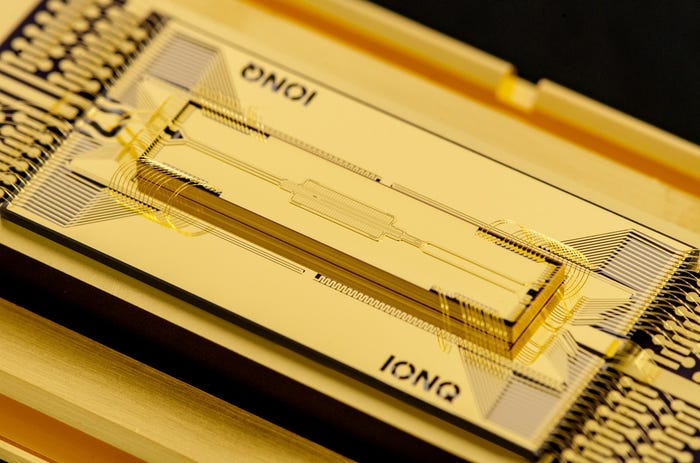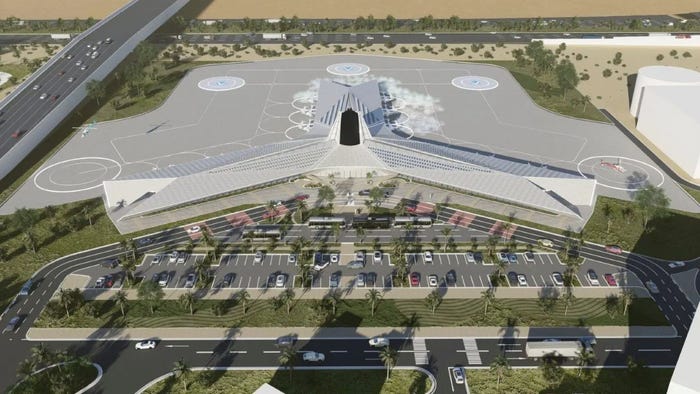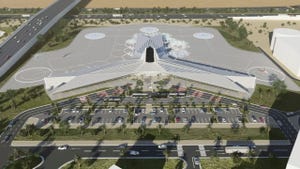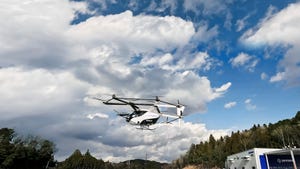The Right IoT Technology Will Save the DayThe Right IoT Technology Will Save the Day
Identifying the right technology minimizes initial costs and long-term maintenance costs while ensuring scalability and interoperability

As smart building technology continues to evolve, one of the most significant barriers to Internet of Things (IoT) adoption remains the cost of implementation. Initial setup and infrastructure costs, particularly for large-scale IoT deployments, can be prohibitively high.
However, identifying the right technology is mission-critical to achieving two key objectives: Minimizing initial costs and minimizing long-term maintenance costs while ensuring maximum scalability and interoperability.
Reducing Installation Costs With Wireless Mesh Networks
A fully decentralized wireless mesh network can reduce installation costs by up to 60%. This is because, unlike traditional wired systems, a mesh network eliminates the need for extensive cabling and complex infrastructure, which significantly cuts down labor costs.
Additionally, when the lighting mesh network within a building is used as the primary infrastructure for on-premises communication, the savings are even more significant.
Utilizing this existing network infrastructure for IoT devices, such as sensors and controllers, can result in up to 40% savings on equipment costs creating an overall 50% cost reduction on IoT on-premises implementation compared to older technologies.
Leveraging Lighting as a Communication Backbone
Leveraging the building’s lighting system as the foundation for wireless communication is rapidly gaining recognition as the most cost-effective solution for large-scale IoT deployment.
Bluetooth Mesh (released in 2017) and Bluetooth NLC (released in 2023), have been instrumental in reducing the costs of IoT implementation.
Modern lighting systems are often equipped with Bluetooth Mesh nodes, small wireless modules that can be integrated directly into luminaires (light fixtures). These nodes, typically no larger than 1 inch in diameter, transform standard lighting into “smart luminaires.”
Smart luminaires can operate autonomously, responding to environmental cues such as occupancy detection, ambient light adjustment and scheduling.
Faster and Cheaper Installation
One of the most compelling advantages of smart luminaires is the ease of installation. Unlike legacy systems, smart luminaires require no complex control wiring and the power lines are simplified, which leads to significant labor savings. In fact, these labor savings often offset the additional cost of integrating Bluetooth Mesh nodes, making the upgrade not only technically superior but also financially sound.
By using the lighting system as the backbone, building owners and operators can effectively “blanket” the area with a wireless communication network. This mesh network can easily scale to incorporate other building functions, including air quality monitoring, people counting and noise masking.
Interoperability: The Key to Long-Term Value
The true value of a wireless infrastructure lies in its interoperability. When the network is built using open standards like Bluetooth Mesh, it opens the door to a wider range of technologies and vendors, reducing vendor lock-in and offering flexibility for future expansion. This ensures that building operators can adopt the most appropriate solutions for their evolving needs, whether it’s adding new IoT sensors, upgrading control systems, or integrating with third-party services.
With the right approach, IoT has the potential to save the day, making buildings more intelligent, sustainable and cost-effective in the long term.
About the Author
You May Also Like






